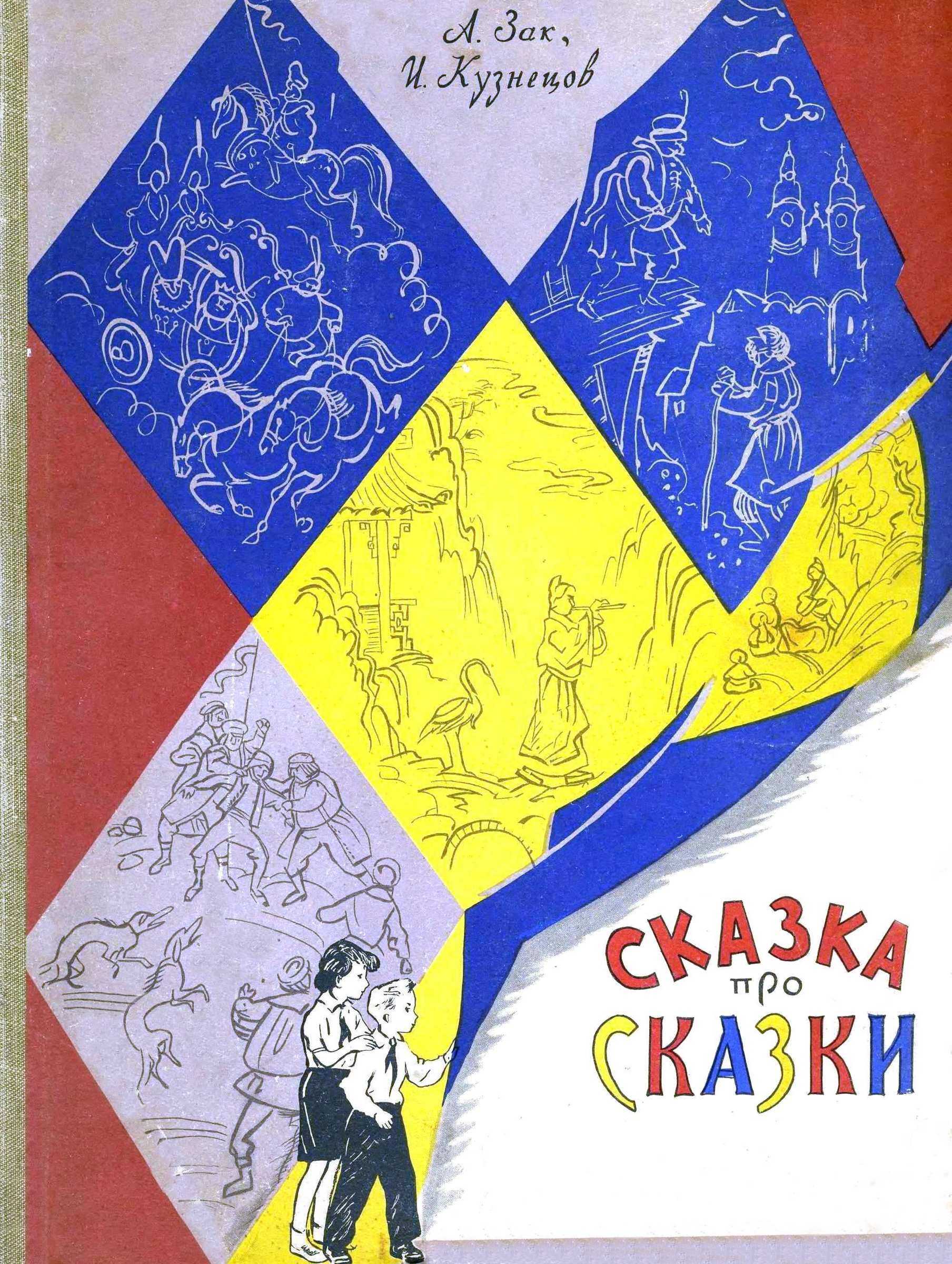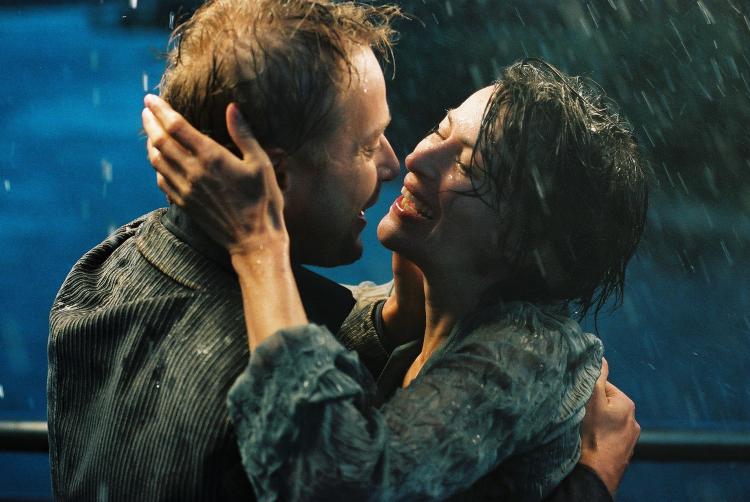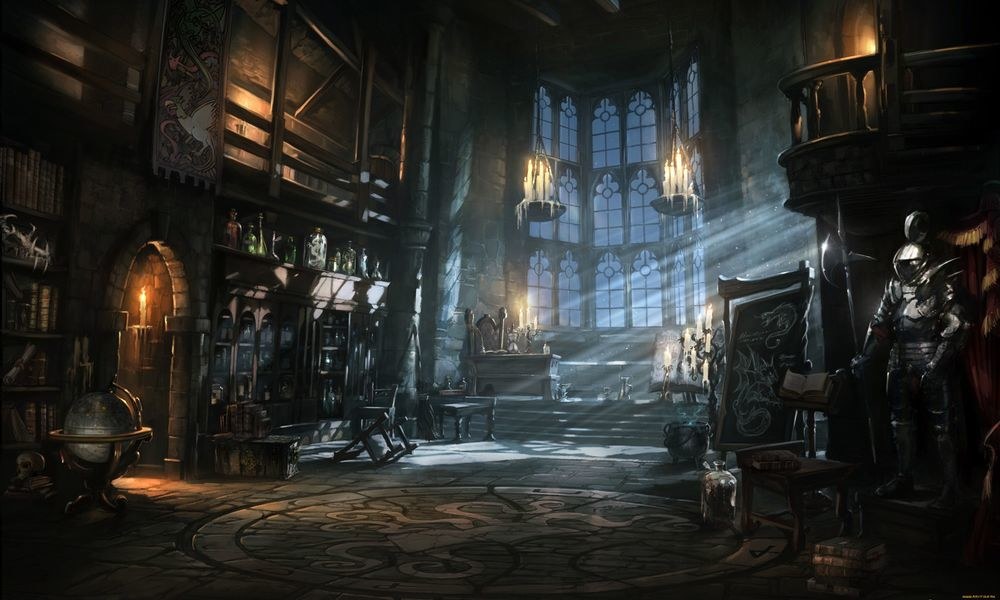Сталин. Том 2. В предчувствии Гитлера, 1929–1941 - Стивен Коткин
Книгу Сталин. Том 2. В предчувствии Гитлера, 1929–1941 - Стивен Коткин читаем онлайн бесплатно полную версию! Чтобы начать читать не надо регистрации. Напомним, что читать онлайн вы можете не только на компьютере, но и на андроид (Android), iPhone и iPad. Приятного чтения!
Шрифт:
Интервал:
Закладка:
Hayes, Peter. «Polycracy and Policy in the Third Reich: The Case of the Economy». In Reevaluating the Third Reich, edited by Thomas Childers and Jane Caplan. New York: Holmes and Meier, 1993, 190–210.
Hedeler, Wladislaw. «Ezhov’s Scenario for the Great Terror and the Falsified Record of the Third Moscow Show Trial». In Stalin’s Terror, edited by Barry McLoughlin and Kevin McDermott. Houndmills, Basingstoke: Palgrave Macmillan, 2002, 34–55.
Hedin, Sven Anders. History of the Expedition in Asia, 1917–1935. 3 vols. Stockholm: [s. n.], 1943–45.
Hegel, Georg Wilhelm Friedrich. Lectures on the Philosophy of History. London: H. G. Bohn, 1857.
Hegner, H. S. Die Reichskanzlei, 1933–1945: Anfang und Ende des Dritten Reiches. Frankfurt am Main: Societas, 1959.
Heiden, Konrad. «Hitler’s Better Half», Foreign Affairs, 20/1 (1941): 73–86.
_____. Adolf Hitler: eine Biographie. Das Zeitalter der Verantwortunglosigkeit. Vol. 1. Zurich: Europaverlag, 1936.
_____. Adolf Hitler: eine Biographie. Ein Mann gegen Europa. Vol. 2. Zurich: Europaverlag, 1937.
_____. Die Geschichte des Nationalsozialismus bis Hebst 1933: Geburt des dritten Reiches. Zurich: Europa, 1934.
Heilbrunn, Jacob. «The New York Times and the Moscow Show Trials», World Affairs, 153/3 (1991): 87–101.
Heimann, Mary. Czechoslovakia: The State that Failed. New Haven, CT: Yale University, 2009.
Heineman, John L. Hitler’s First Foreign Minister: Constantin Freiherr von Neurath. Berkeley: University of California, 1979.
Heizer, James L. «The Cult of Stalin, 1929–1939». PhD diss. University of Kentucky, 1977.
Hellbeck, Jochen. «Laboratories of the Soviet Self: Diaries of the Stalin Era», PhD diss. Columbia University, 1998.
_____. «Writing the Self in the Time of Terror: Alexander Afinogenov’s Diary of 1937». In Self and Story in Russian History, edited by Laura Engelstein and Stephanie Sandler. Ithaca, NY: Cornell University, 2000, 69–93.
Heller, Celia Stopnicka. On the Edge of Destruction: Jews of Poland Between the Two World Wars. Detroit, MI: Wayne State University, 1993.
Henderson, Nevile. Failure of a Mission: Berlin 1937–1939. New York: G. P. Putnam’s Sons, 1940.
Henke, Josef. England in Hitlers politischem Kalkül, 1935–1939. Boppard am Rhein: H. Boldt, 1973.
Herbert, James D. Paris 1937, Worlds on Exhibition. Ithaca, NY: Cornell University, 1998.
Hernández, Jesus. La grande trahison. Paris: Fasquelle, 1953.
Herrick, R. V. Soviet Naval Strategy: 50 Years of Theory and Practice. Annapolis, MD: Naval Institute Press, 1968.
Herriot, Édouard. Jadis. 2 vols. Paris: Flammarion, 1948–52.
Herwarth, Hans von. Against Two Evils. New York: Rawson and Wade, 1981.
Hess, Ilse. Prisoner of Peace. London: Britons Publishing Co., 1954.
Hessler, Julie. A Social History of Soviet Trade. Princeton, NJ: Princeton University, 2004.
Higgins, Trumbull. Hitler and Russia: The Third Reich in a Two-Front War, 1937–1943. New York: Macmillan, 1960.
Hildebrand, Klaus. «Hitlers Mein Kampf, Propaganda oder Programm? zur Frühgeschichte der nationalsozialistischen Bewegung», Neue Politische Literatur, 14/1 (1969): 72–82.
_____. The Foreign Policy of the Third Reich. Berkeley: University of California, 1973.
Hilger, Gustav, and Meyer, A. G. The Incompatible Allies: A Memoir-History of German-Soviet Relations, 1918–1941. New York: Macmillan, 1953.
Hill, Leonidas E., ed. Die Weizsäcker-Papiere, 1933–1950. Frankfurt am Main and Berlin: Propyläen, 1974.
Hillgruber, Andreas. «Das Russlandbild der führenden deutschen Militärs vor Beginn des Angriffs auf die Sowjetunion». In Russland, Deutschland, Amerika, edited by Alexander Fischer et al. Wiesbaden: Steiner, 1978, 296–310.
_____. Die Zerstörung Europas: Beiträge zur Weltkriegsepoche, 1914 bis 1945. Frankfurt am Main and Berlin: Propyläen, 1988.
_____. Hitlers Strategie under Kriegsführung, 1940–1941. Frankfurt am Main: Bernard and Graefe Verlag für Wehrwesen, 1965.
Hindus, Maurice. Crisis in the Kremlin. Garden City, NY: Doubleday, 1953.
_____. Humanity Uprooted. New York: Jonathan Cape and Harrison Smith, 1930.
_____. Red Bread. London: Jonathan Cape, 1931.
Hinsley, F. H., et al. British Intelligence in the Second World War: its Influence on Strategy and Operations. 5 vols. New York: Cambridge University, 1979–90.
_____. «British Intelligence and Barbarossa». In Barbarossa: the Axis and the Allies, edited by John Erickson and David Dilks. Edinburgh: Edinburgh University, 1994, 43–75.
_____. British Intelligence in the Second World War: Abridged Version. New York: Cambridge University, 1993.
Hirsch, Francine. Empire of Nations: Ethnographic Knowledge and the Making of the Soviet Union. Ithaca, NY: Cornell University, 2005.
History of the Communist Party of the Soviet Union (Bolsheviks), Short Course. Toronto: Francis White, 1939.
Hitler, Adolf. Речь без названия. Берлин. 30.01.1939.encyclopedia.ushmm.org.
_____. Mein Kampf. Munich: Zentralverlag der NSDAP, 1938.
Hlevnjuk, Oleg. «Les mécanismes de la ‘Grande Terreur’ des années 1937–1938 au Turkménistan», Cahiers du monde russe, 39/1–2 (1998): 197–208.
Hochman, Jiři. The Soviet Union and the Failure of Collective Security, 1934–1938. Ithaca, NY: Cornell University, 1984.
Hofer, Walter. Die Entstehung des Zwieiten Weltkriegs: eine Studie über die internationalen Beziehungen im Sommer 1939. 3rd ed. Frankfurt am Main: Fischer, 1964.
Hoffmann, David L. Peasant Metropolis Social Identities in Moscow, 1929–1941. Ithaca, NY: Cornell University, 1994.
_____.Stalinist Values: The Cultural Norms of Soviet Modernity, 1917–1941. Ithaca, NY: Cornell University, 2003.
Hoffmann, Heinrich, ed. Hitler in seinem Bergen. Berlin: Zeitgeschicte, 1935.
_____. Hitler Was My Friend. London: Burke, 1955.
Hoffmann, Peter. Hitler’s Personal Security. New York: Da Capo Press, 2000.
Hofman, George F. «The United States’ Contribution to Soviet Tank Technology», Journal of the Royal United Services Institute for Defence Studies, 125/1 (1980): 63–8.
Höhne, Heinz. Die Zeit der Illusionen: Hitler und die Anfänge des Dritten Reiches, 1933–1936. Düsseldorf: ECONVerlag, 1991.
_____. Kennwort: Direktor: die Geschichte der Roten Kapelle. Frankfurt am Main: S. Fischer, 1970.
_____. Mordsache Röhm: Hitlers Durchbruch zur Alleinherrschaft 1933–1934. Reinbek: Rowohlt, 1984.
Høidal, Oddvar K. Trotsky in Norway: Exile, 1935–1937. Dekalb: Northern Illinois University, 2013.
Holloway, David. «Barbarossa and the Bomb: Two Cases of Soviet Intelligence in World War II». In Secret Intelligence in the European States System, 1918–1989, edited by Jonathan A. Haslam and Karina Urbach. Stanford, CA: Stanford University, 2014, 36–80.
Holman, Brett. «The Air Panic of 1935: British Press Opinion between Disarmament and Rearmament», Journal of Contemporary History, 46/2 (2011): 288–307.
Holmes, Larry. Stalin’s School: Model School No. 25, 1931–1937. Pittsburgh, PA: University of Pittsburgh, 1999.
_____. The Kremlin and the Schoolhouse: Reforming Education in Soviet Russia, 1917–1931. Bloomington: Indiana University, 1991.
Homze, Edward L. Arming the Luftwaffe: the Reich Air Ministry and the German Aircraft Industry, 1919–1939. Lincoln: University of Nebraska, 1976.
Honig, Jan Willem. «Totalitarianism and Realism: Hans
Прочитали книгу? Предлагаем вам поделится своим отзывом от прочитанного(прослушанного)! Ваш отзыв будет полезен читателям, которые еще только собираются познакомиться с произведением.
Уважаемые читатели, слушатели и просто посетители нашей библиотеки! Просим Вас придерживаться определенных правил при комментировании литературных произведений.
- 1. Просьба отказаться от дискриминационных высказываний. Мы защищаем право наших читателей свободно выражать свою точку зрения. Вместе с тем мы не терпим агрессии. На сайте запрещено оставлять комментарий, который содержит унизительные высказывания или призывы к насилию по отношению к отдельным лицам или группам людей на основании их расы, этнического происхождения, вероисповедания, недееспособности, пола, возраста, статуса ветерана, касты или сексуальной ориентации.
- 2. Просьба отказаться от оскорблений, угроз и запугиваний.
- 3. Просьба отказаться от нецензурной лексики.
- 4. Просьба вести себя максимально корректно как по отношению к авторам, так и по отношению к другим читателям и их комментариям.
Надеемся на Ваше понимание и благоразумие. С уважением, администратор knigkindom.ru.
Оставить комментарий
-
 Ариэль летит24 декабрь 21:18
А в этой книге открываются такие интриги, такие глубины грязной политики, и как противостояние им- вечные светлые истины, такие,...
Сеятели ветра - Андрей Васильев
Ариэль летит24 декабрь 21:18
А в этой книге открываются такие интриги, такие глубины грязной политики, и как противостояние им- вечные светлые истины, такие,...
Сеятели ветра - Андрей Васильев
-
 Гость Екатерина24 декабрь 15:37
Очень юморная книга. Спасибо автору...
Жена с татуировкой дракона - Кристина Юрьевна Юраш
Гость Екатерина24 декабрь 15:37
Очень юморная книга. Спасибо автору...
Жена с татуировкой дракона - Кристина Юрьевна Юраш
-
 Нинель24 декабрь 12:30
Хорошая история, душевная, практически реальная, веришь автору, что так и было...хочу такого же Макса, просто до мурашек... Но,...
Проще, чем кажется - Юлия Устинова
Нинель24 декабрь 12:30
Хорошая история, душевная, практически реальная, веришь автору, что так и было...хочу такого же Макса, просто до мурашек... Но,...
Проще, чем кажется - Юлия Устинова










